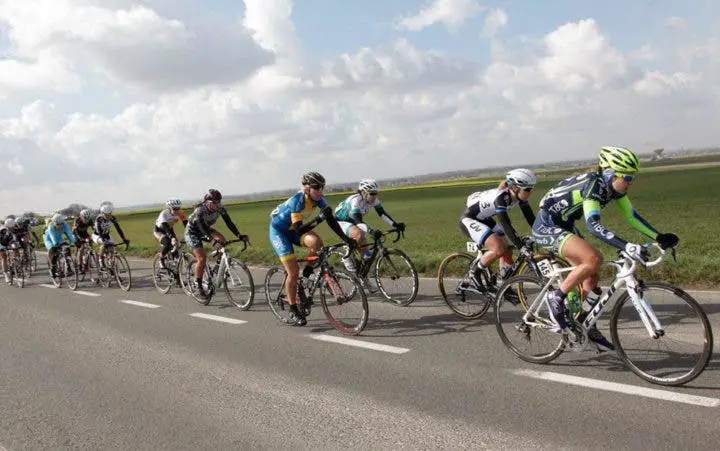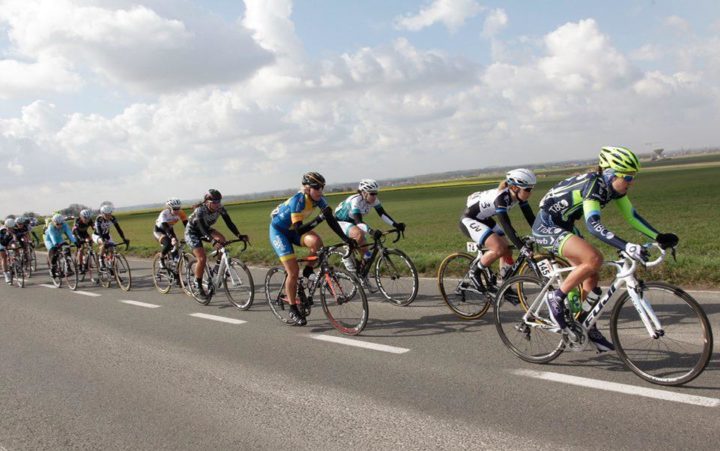Lovers of this sport often make several mistakes due to inexperience, recklessness or other circumstances that were not taken into account during the journey. But in the vast majority of cases, the main problem lies in the lack of knowledge to deal with various situations.
If you are looking for how to be a better cyclist every day, discover how you can perfect your technique and learn to cope with technical knowledge in situations that can normally be adverse for you.
How to face different adverse cycling situations?
Group walks
1. Driving defensively
Traveling with cyclists you know is the safest way to cycle. Knowing your capabilities and your driving styles will remove the element of surprise. If you are riding with a group of cyclists that you do not know, it is best that you assume in advance that they are not as experienced as you and that you take precautions when riding with them.
On the other hand, it is also advisable not to spend a lot of time in the back of a large group of cyclists that you do not know, since if someone falls in that group, it is most likely that you are going to fall with them.
2. Line up properly
Never get too close to the rider in front of you. In the event that one of the cyclists changes direction, if your wheel is right next to him and is moving towards you, you will probably fall to the ground.
3. Make hand signals
Obstacles to those behind you should always be pointed out. This includes pedestrians, road construction signs, road debris, and even large cracks in the pavement.
You are the eyes for the cyclist behind you. In addition, failure to point out obstacles can cause accidents .
Likewise, if you’re riding behind a group of riders you don’t know, ask if it’s okay before you overtake them. Not only is it polite, but it will also keep you safe.

4. Have adequate equipment
When riding in a group, you should be aware of the gear on your bike and the terrain you will be riding on, as shifting may be required.
Make sure your chain doesn’t get in the way and leaves you in a position to fall off as soon as you pedal the next hill. A dropped chain in the middle of a platoon is a totally avoidable circumstance and preventing it will keep those behind you safe.
5. Be prepared for any accident
If you tend to drive with the same friends every weekend, consider having their friends’ contact information on the phone. You may never need it, but if a friend is in an accident, it’s much easier to get in touch with loved ones when you have their number handy. Also, consider having some first aid supplies with you always.
Rainy or windy days
1. In case of rain
When you are preparing for a ride in adverse weather conditions such as rain , you should not inflate the tires with as much pressure as usual. This will give the tires a bit more surface on slippery roads.
If you are riding your bike in the rain, remember that it may take a little longer to brake. Also, keep in mind that paint becomes slippery when wet like asphalt, so use extra caution when driving on painted lines.
2. In case of wind
When racing occurs in windy conditions, it is best not to go out with the bike as any lateral blow of wind could knock your bike over and seriously injure you.

Descent and climbing
1. Descent
When descending (especially on winding roads), your center of gravity will be lower, making you more likely to fall.
2. Climbing and turns
If you drive in a group and on hilly terrain, you should know your strength and you should also know when to accelerate uphill, when to slow down, and when to turn on the hill (think about how to turn wisely on each hill, while keeping contact with the group).
Keep in mind that when riding in a group throughout the trip, a constant heart rate should be maintained as it can help you keep pace within the group.
When you reach the top of the hill, you should not relax yet: you must make sure that you pedal both at the top of the hill and on the descent.
If your goal on the group walk is to feel strong at the end of the day rather than exhausted, you should choose which hills to use to use up your energy wisely.
conclusion
Knowing all the complicated situations that a cyclist can face will make you a little better than before, since you will know what to do in the face of the different difficulties previously raised, but what will really make you a great cyclist is constant daily practice .
Now it only remains your passion and your sacrifice to become the best!
References
- Charisa Wernick, On Your Left! Advanced Bike Skills for Triathletes. For Iron Man [reviewed December 2015].